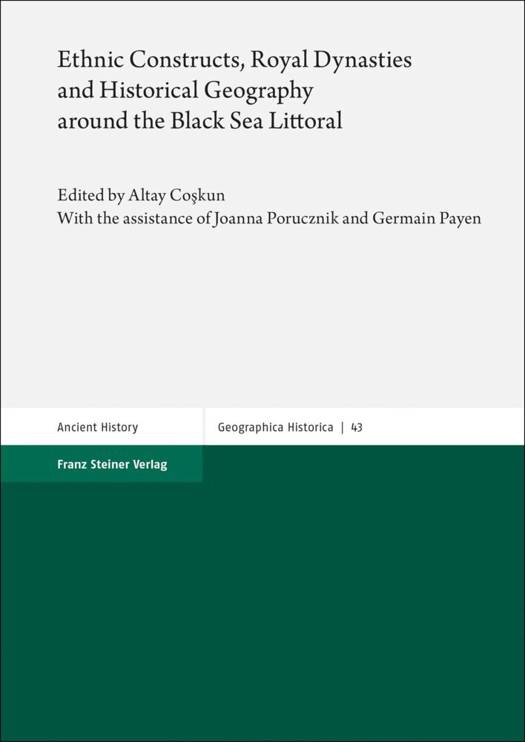
- Afhalen na 1 uur in een winkel met voorraad
- Gratis thuislevering in België vanaf € 30
- Ruim aanbod met 7 miljoen producten
- Afhalen na 1 uur in een winkel met voorraad
- Gratis thuislevering in België vanaf € 30
- Ruim aanbod met 7 miljoen producten
Zoeken
Ethnic Constructs, Royal Dynasties and Historical Geography Around the Black Sea Littoral
€ 80,95
+ 161 punten
Omschrijving
Ethnicity is a social construct within an ideological framework, ancient or modern. This wisdom has penetrated most scholarly disciplines, but its reception is delayed in Black Sea studies, where essentialist views still prevail. Nationalism, Rostovtzeff's culture-history and Marxist-Leninist materialism have cast longer shadows on this part of the ancient world. Likewise, the balance between documentary sources and ancient literature needs redressing. The latter has often been either accepted in a positivist manner or rejected due to perceived inconsistencies. More rewarding is to try to understand what exactly the ancient authors knew or intended. In this light, the contributors discuss the concept of Sarmatization, the implications of rural versus urban cults, ethnic hierarchies, interaction patterns in colonial settings, inversions of barbarian stereotypes, cultural affiliations of Bosporan kings, imperial policies of Pharnakes I and II, foreign princes on the Ara Pacis Augustae, the reorganization of Pontos under Pompey and Deiotaros, the sanctuary of Leukothea in Kolchis, Christian urbanism in Scythia Minor and crop selections of Anatolian farmers. Though selective, the book covers the four coastlines of the Black Sea, ranging from the archaic to the Byzantine periods.
Specificaties
Betrokkenen
- Uitgeverij:
Inhoud
- Aantal bladzijden:
- 381
- Taal:
- Engels
- Reeks:
- Reeksnummer:
- nr. 43
Eigenschappen
- Productcode (EAN):
- 9783515129411
- Verschijningsdatum:
- 7/12/2020
- Uitvoering:
- Paperback
- Formaat:
- Trade paperback (VS)
- Afmetingen:
- 170 mm x 239 mm
- Gewicht:
- 6749 g

Alleen bij Standaard Boekhandel
+ 161 punten op je klantenkaart van Standaard Boekhandel
Beoordelingen
We publiceren alleen reviews die voldoen aan de voorwaarden voor reviews. Bekijk onze voorwaarden voor reviews.










